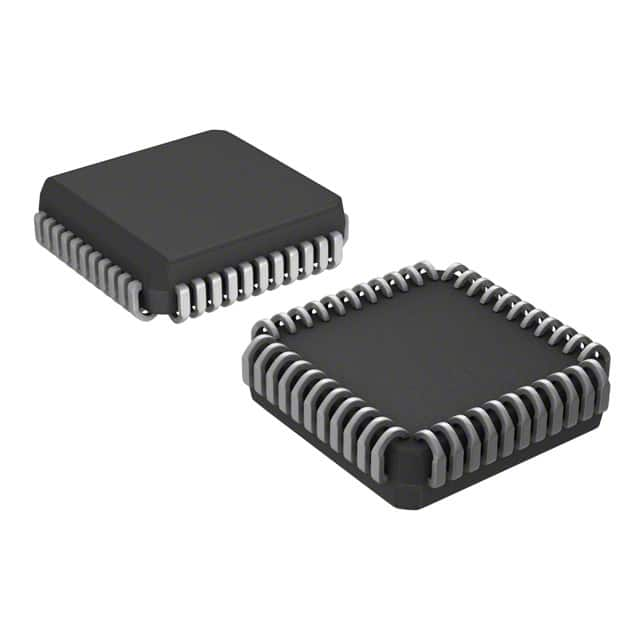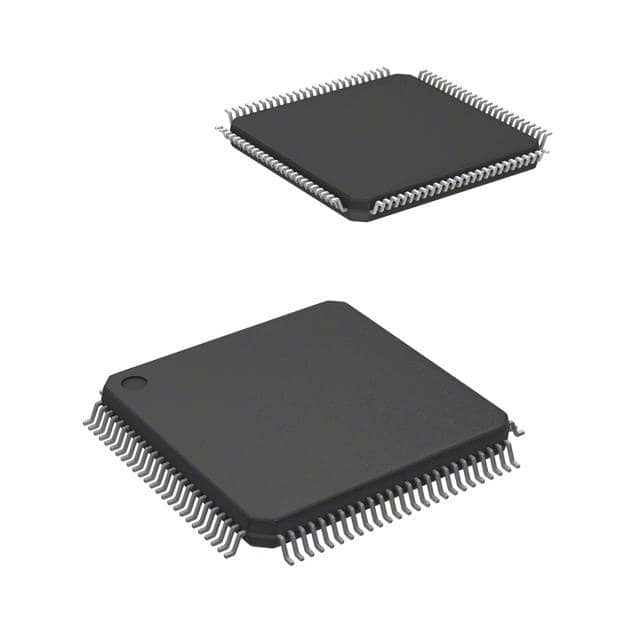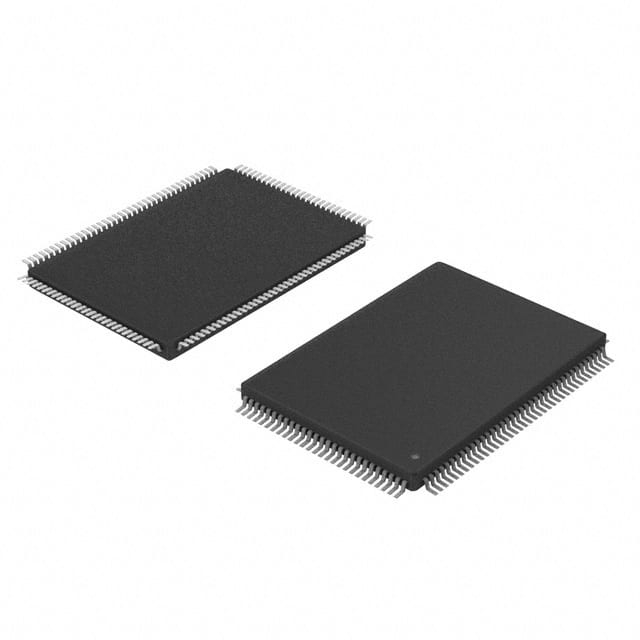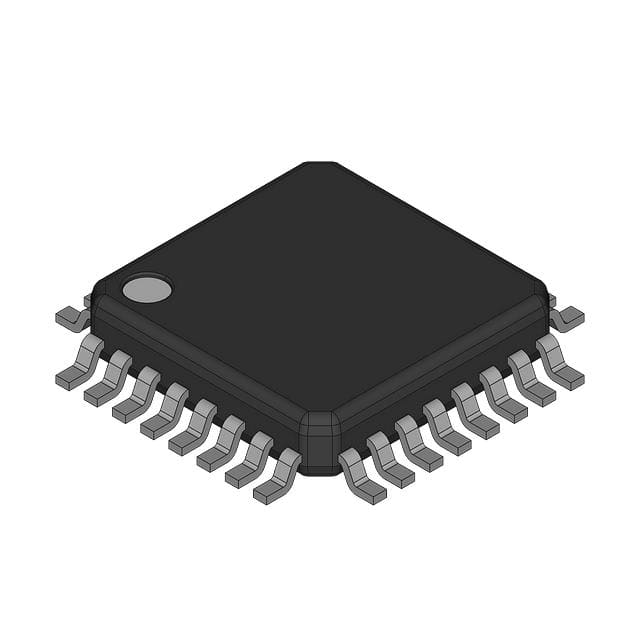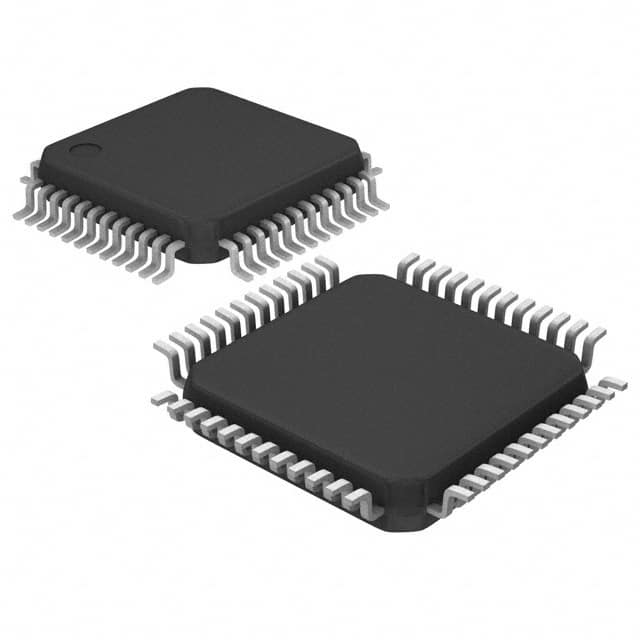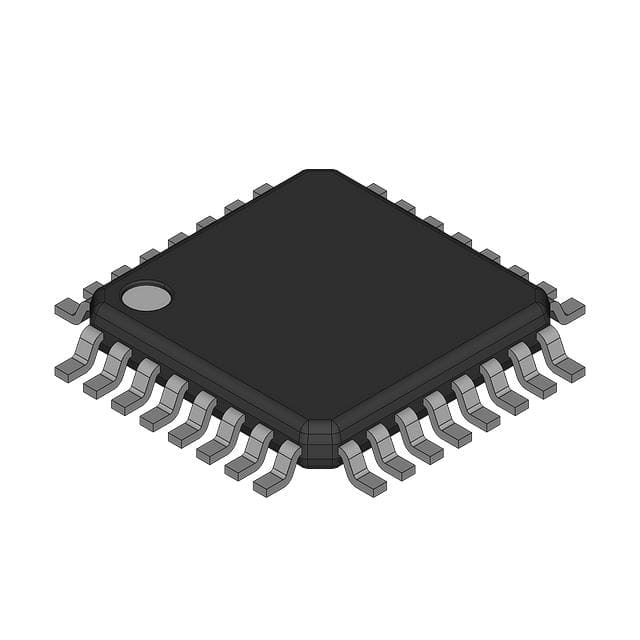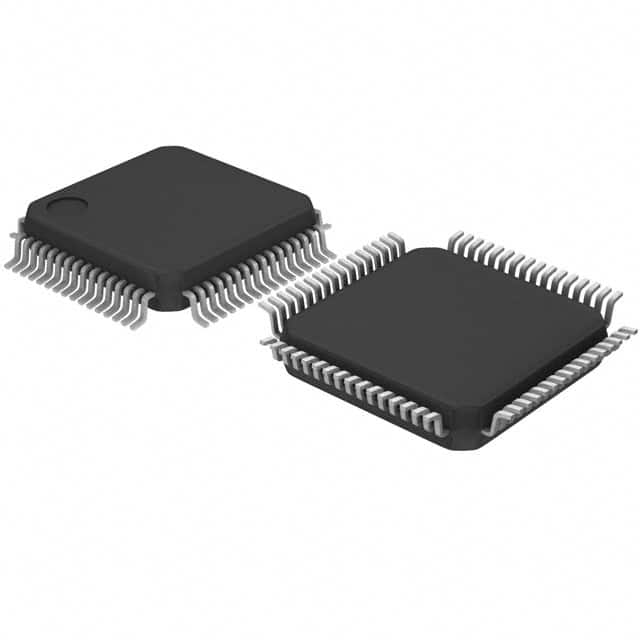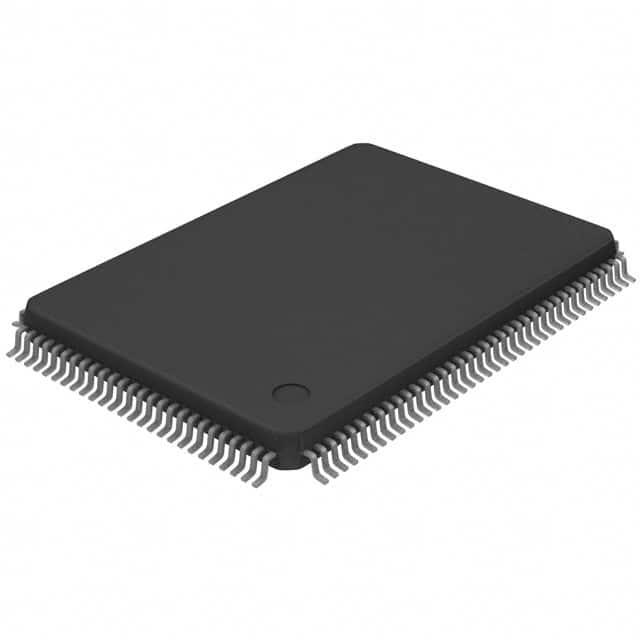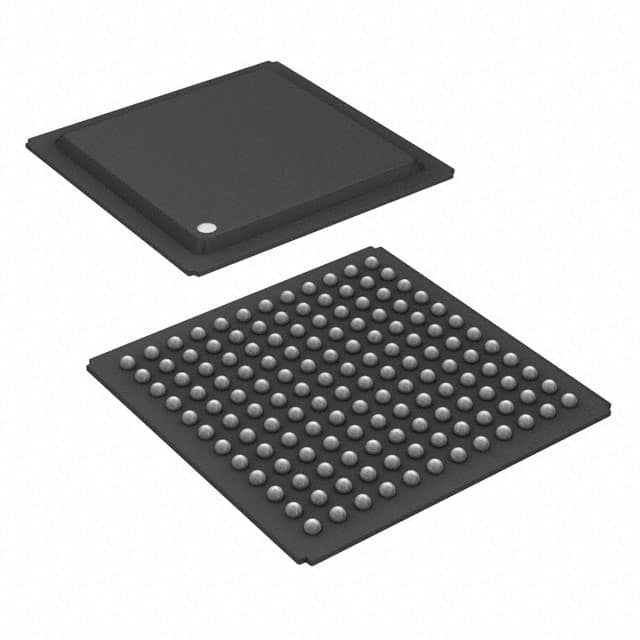DS2180AQ+ Product Introduction:
Maxim Integrated Part Number DS2180AQ+(Interface - Telecom), developed and manufactured by Maxim Integrated, distributed globally by Jinftry. We distribute various electronic components from world-renowned brands and provide one-stop services, making us a trusted global electronic component distributor.
DS2180AQ+ is one of the part numbers distributed by Jinftry, and you can learn about its specifications/configurations, package/case, Datasheet, and other information here. Electronic components are affected by supply and demand, and prices fluctuate frequently. If you have a demand, please do not hesitate to send us an RFQ or email us immediately sales@jinftry.com Please inquire about the real-time unit price, Data Code, Lead time, payment terms, and any other information you would like to know. We will do our best to provide you with a quotation and reply as soon as possible.
Introducing the Maxim Integrated DS2180AQ+, the ultimate solution for all your electronic system needs. This advanced device is designed to provide exceptional performance and versatility, making it the perfect choice for a wide range of applications.
The DS2180AQ+ boasts a plethora of impressive features that set it apart from the competition. With its high-speed operation and low power consumption, this device ensures optimal efficiency and reliability. Its integrated voltage regulators and power management capabilities further enhance its performance, making it suitable for a variety of power-sensitive applications.
This versatile device is equipped with multiple communication interfaces, including SPI, I2C, and UART, allowing for seamless integration into various systems. Its extensive range of input and output options ensures compatibility with a wide range of sensors and peripherals, making it an ideal choice for IoT applications.
The DS2180AQ+ is also equipped with advanced security features, including secure boot and tamper detection, ensuring the utmost protection for your data and system integrity. Its robust design and wide operating temperature range make it suitable for use in harsh environments.
With its exceptional performance and versatility, the Maxim Integrated DS2180AQ+ is the perfect solution for a wide range of applications, including industrial automation, automotive systems, smart home devices, and more. Experience the power and reliability of the DS2180AQ+ and take your electronic systems to new heights.
Interface - Telecom is an integrated circuit specifically designed to achieve signal conversion and protocol adaptation between different devices in communication networks. This type of interface typically integrates multiple communication standards and interface protocols, such as PSTN (Public Switched Telephone Network), ISDN (Integrated Services Digital Network), DSL (Digital User Line), GPON (Gigabit Passive Optical Network), etc., to facilitate seamless data transmission in complex telecommunications environments. The design principle of telecommunications interface chips is based on the understanding and implementation of telecommunications network protocol stacks. Through built-in hardware logic, they achieve functions such as signal encoding, decoding, synchronization, and error detection. Its characteristics include high reliability, low latency, wide compatibility, and adaptability to harsh environments, making it a key component in building modern communication infrastructure.
Application
Interface - Telecom plays a core role in the communication industry and is widely used in fixed and mobile communication networks, including but not limited to telephone switches, base stations, routers, modems, gateways, optical network units (ONUs), cable modem head end systems (CMTS), and other equipment. In these applications, the telecommunications interface is responsible for processing the conversion between analog and digital signals, supporting the transmission of various services such as voice, data, and video. In addition, with the development of the Internet of Things (IoT), 5G technology and edge computing, telecommunications interfaces are increasingly integrated into smart grids, smart cities, telemedicine, autonomous vehicles and industrial automation systems to provide stable, high-speed data connections and promote real-time information sharing and processing.
FAQ about Interface - Telecom
-
1. What is a Telecom Interface?
Telecom interfaces are physical and logical interfaces used to transmit voice, data, and multimedia signals, and are commonly used in telephone systems, broadband Internet, mobile communications, and other telecommunications infrastructures. Common interface types include RJ11, RJ45, fiber optic and coaxial cable interfaces.
-
2. How are fiber optic interfaces used in telecommunication networks?
Fiber optic interfaces are used for high-speed, long-distance data transmission, and are especially suited for backbone networks and data centers in telecommunications infrastructures. Fiber optic transmission has higher bandwidth and lower signal loss compared to copper wires, making it suitable for high bandwidth and high stability telecom applications.
-
3. How do telecom interfaces support modern broadband and 5G communications?
Modern broadband and 5G communications often rely on high-speed interfaces, such as fiber optics and high-frequency wireless connections, to transmit large amounts of data. Telecom interfaces play a critical role in these systems, ensuring efficient communication between devices and supporting large-scale data transfers and low-latency applications such as video conferencing and the Internet of Things.
 Lead free / RoHS Compliant
Lead free / RoHS Compliant



